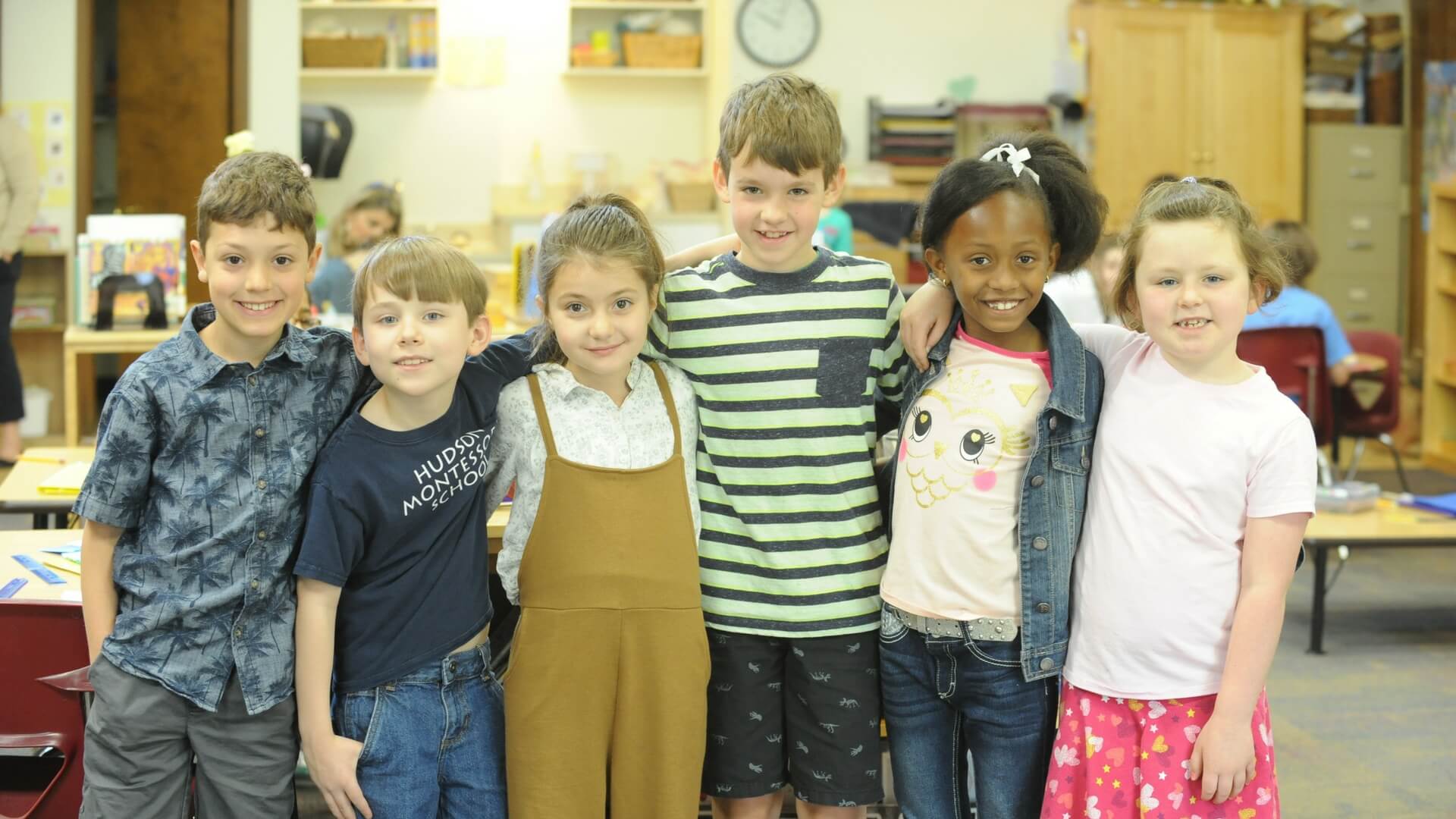Water, water, everywhere. You find it in Infant and Toddler water tables, in the Practical Life area throughout the curriculum, in the Land and Water forms, Elementary science materials, and more. Why is there so much water in Montessori classrooms?
At their core, Montessori materials all share some qualities in common. They are beautiful. They isolate the concepts intended to be learned. They offer self-correction. And they are designed for children’s motivation to work, attracting children to interact with them. Water is the perfect match.
Montessori teachers know that using water, in quantities big or small, offers some valuable learning opportunities. Children’s concentration is captured by watching the simple streams of water move from one vessel to another. Their gross motor skills are strengthened carrying heavy buckets and pitchers around the room. Their understanding of specific concepts in nature is strengthened through concrete experiences with water-based models. Their sense of their own accountability to their peers and their ability to care for their environment are enhanced when they have to clean up after themselves. Their attention to detail is refined when they find all those little drops that might make it hard for another peer to use a desk where they’ve been working.
At home, take a cue from Montessori environments and offer your children manageable water activities in a space that’s safe for spilling and with the supplies they’ll need to clean up after themselves. Remember: the smaller the child, the smaller the quantity of water they need. At any age, whether it’s a toddler washing their own dinner plate in a basin of soapy water or a Middle Schooler responsible for washing the family vehicle, working with water meets the magic four in Montessori: independence, concentration, coordination, and order.
This post first appeared on Montessori Daoshi.


